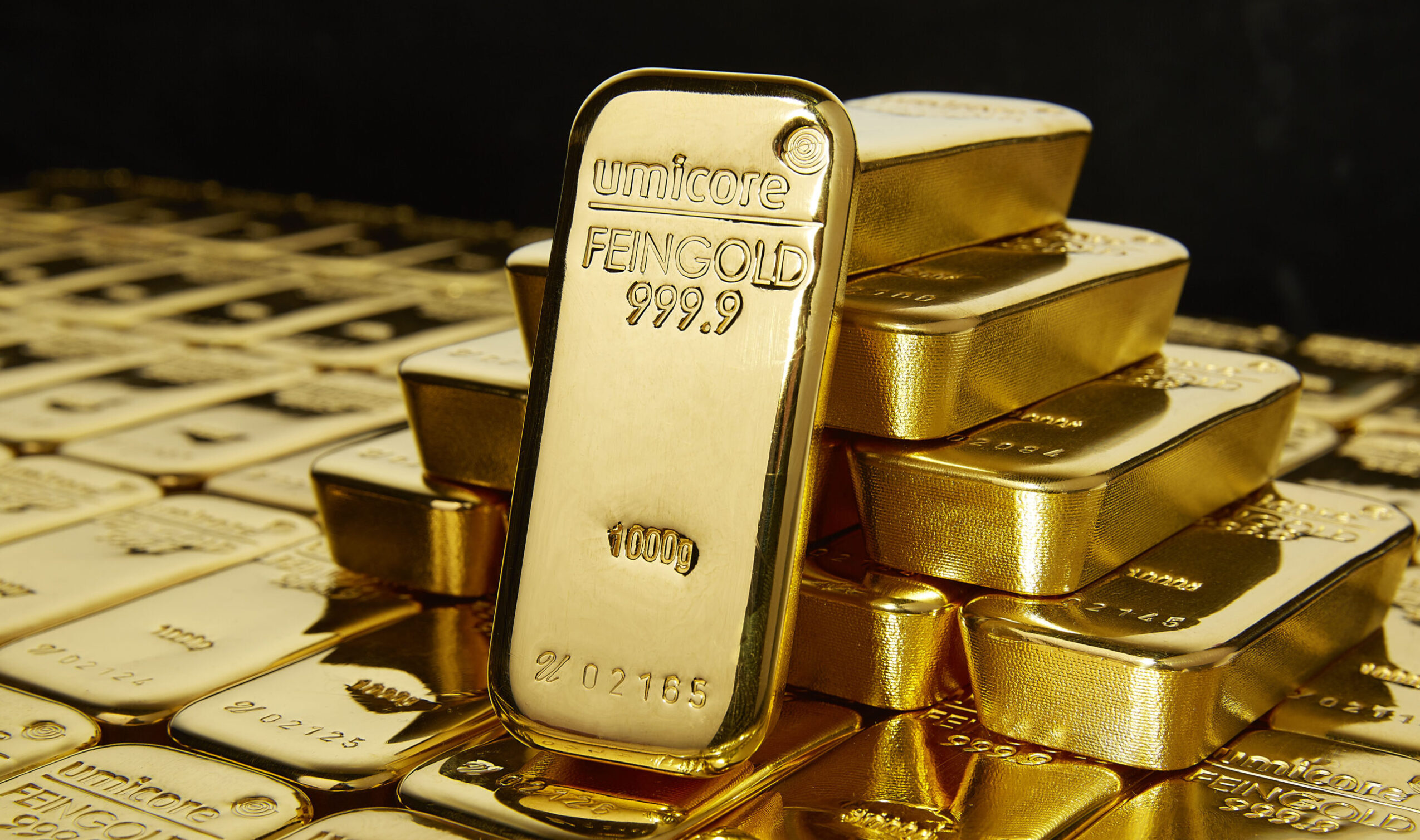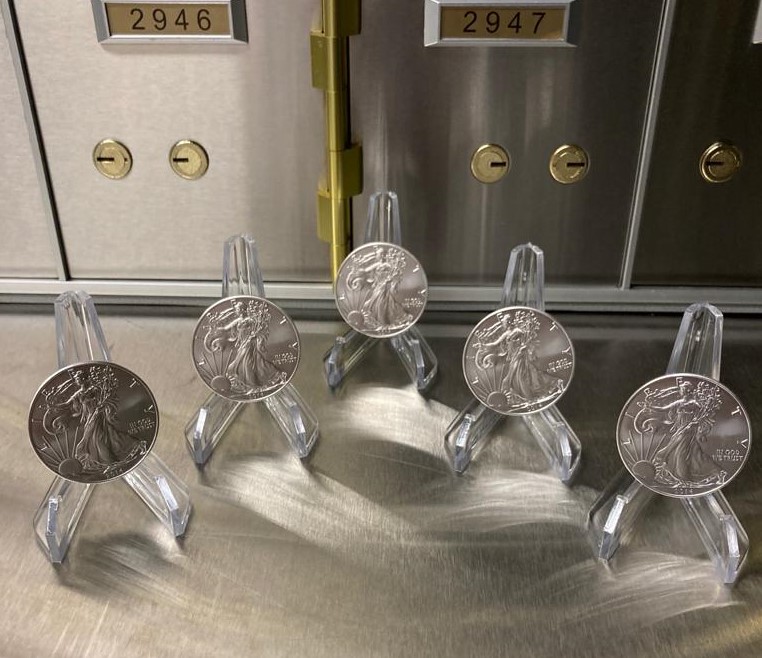
When Is the Best Time to Invest in Gold?
In the ever-shifting landscape of investment opportunities, one asset class that perennially commands attention is gold. However, with the current market conditions painting the precious metal near its all-time high in Euros, many discerning investors find themselves questioning the wisdom of allocating capital to this age-old safe haven. Taking this scepticism into account, we can offer the compelling reasons as to why gold remains an indispensable component of any diversified portfolio.
At the forefront of any discussion on gold lies its historical pedigree. For millennia, gold has stood as the bedrock of wealth preservation, serving as a trusted store of value through economic turmoil, geopolitical upheavals, and currency debasement. Gold’s timeless allure transcends borders and cultures. This historical significance underscores gold’s resilience as an investment vehicle, with its intrinsic value enduring across generations.
While critics may contend that the current price of gold appears ‘too high’, it is imperative to recognize that the appeal to gold extends far beyond price dynamics. Unlike fiat currencies, susceptible to inflationary pressures, and equities, vulnerable to market volatilities, gold boasts an inherent stability that transcends transient fluctuations. Its scarcity, coupled with its enduring demand across industrial, jewellery, and investment sectors, bestows upon gold a unique resilience in the face of economic uncertainties.
Furthermore, gold serves as a powerful hedge against systemic risks plaguing traditional asset classes. In an era marked by unprecedented monetary stimulus and burgeoning debt levels, gold emerges as a safeguard against the erosion of purchasing power and currency devaluation. Its role as a safe haven asset is exemplified during times of crises, where its value often appreciates amidst economic turmoil.
Comparative analysis further underscores the merits of gold as an investment proposition. Unlike equities, which are susceptible to corporate fraud, or bonds, which are vulnerable to interest rate fluctuations, gold embodies a tangible asset with intrinsic value immune to counterparty risks. Moreover, its negative correlation with conventional asset classes renders it an effective diversification tool, enhancing portfolio resilience and mitigating downside risks.
In contrast to cryptocurrencies, often touted as a contemporary alternative to gold, the latter boasts a millennia-old track record as a store of value, lacking the inherent volatility characteristic of digital assets. While cryptocurrencies may captivate with their disruptive potential, gold reigns supreme as the ultimate heirloom of stability, its intrinsic value underpinned by centuries of universal acceptance.
Furthermore, gold’s utility extends beyond mere investment considerations. In an era marked by environmental consciousness and sustainable development, gold assumes newfound relevance as a crucial component in renewable technologies, medical devices, and aerospace applications. Its intrinsic properties render it indispensable in an array of cutting-edge industries, ensuring sustained demand irrespective of prevailing market sentiments.
While market pundits may predict negative short-term price movements, prudent investors recognize the enduring merits of gold as a bedrock of wealth preservation and portfolio diversification.
In conclusion, the question of whether it is a good time to invest in gold is not contingent upon prevailing market dynamics, but rather on an enduring recognition of its intrinsic value and historical significance. Gold stands as a beacon of stability. As discerning investors navigate the complexities of modern markets, gold remains an indispensable cornerstone of any well-constructed portfolio, a testament to its enduring relevance in an ever-changing world.

